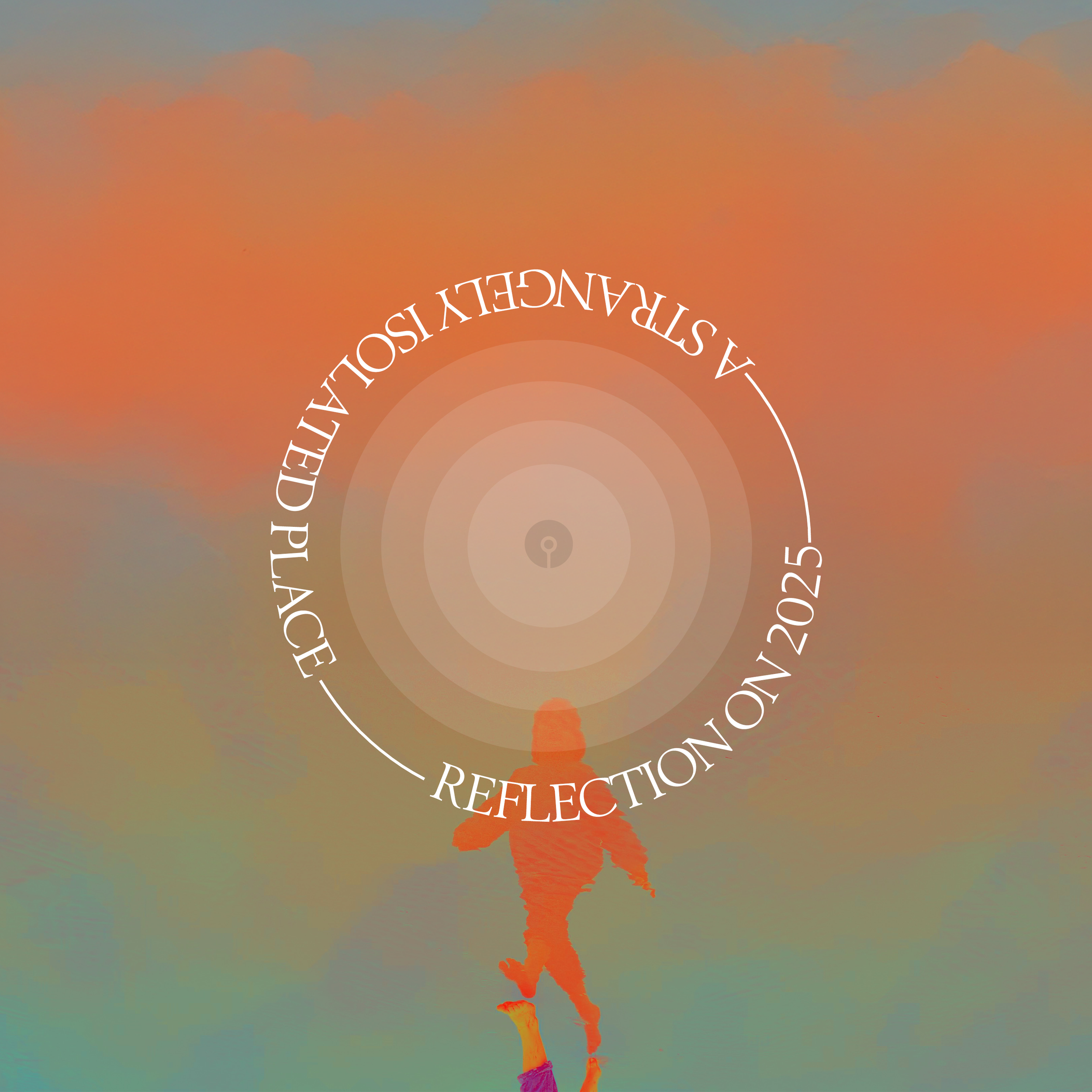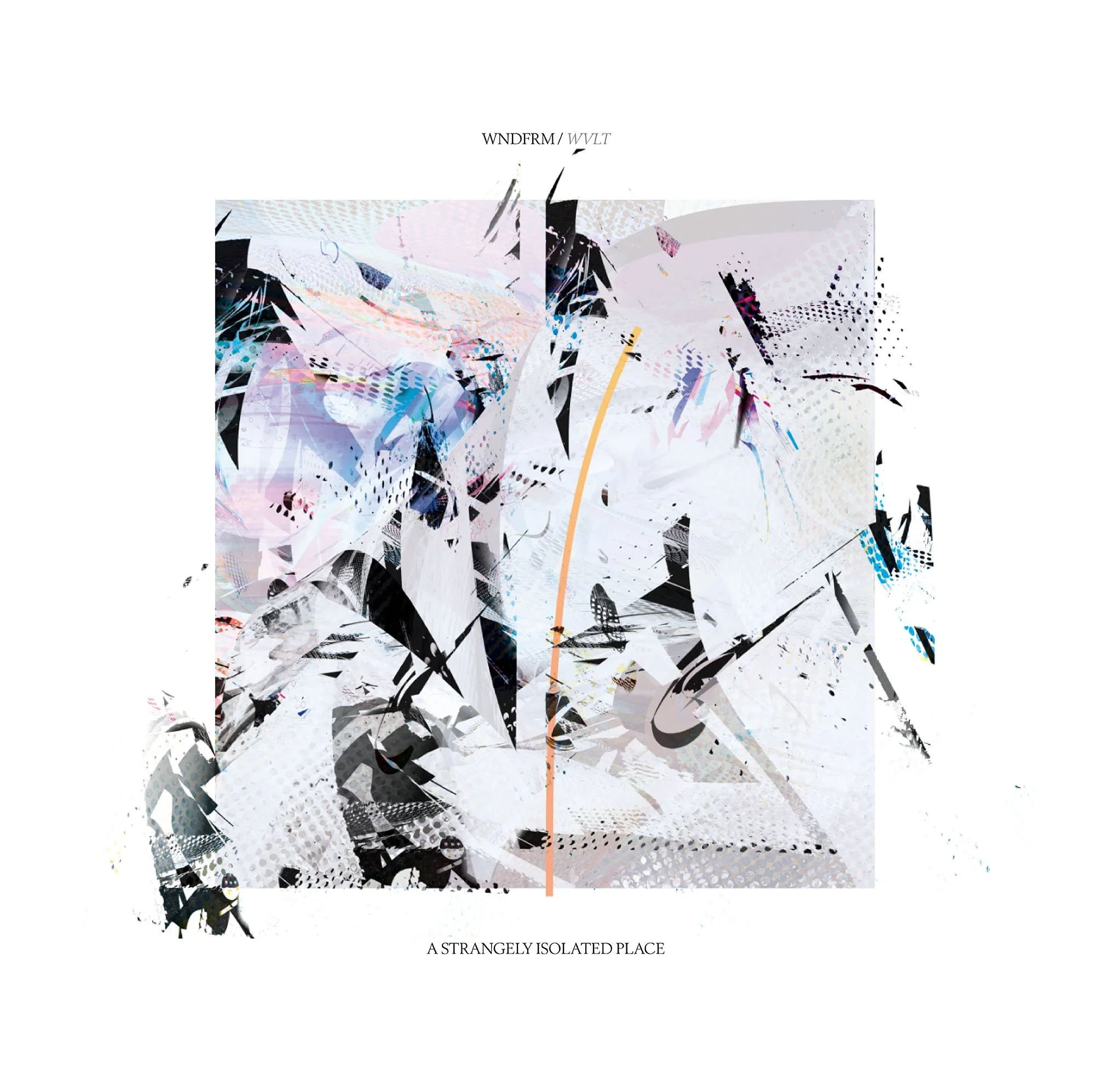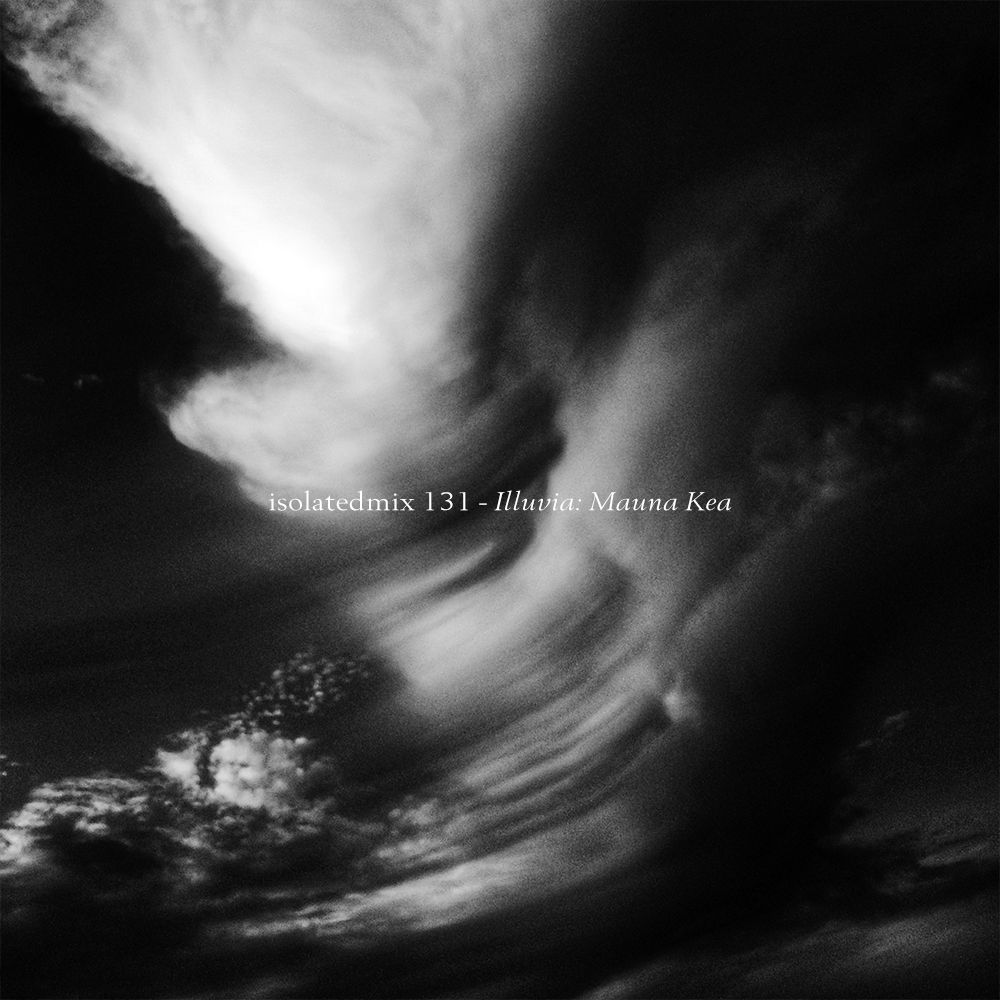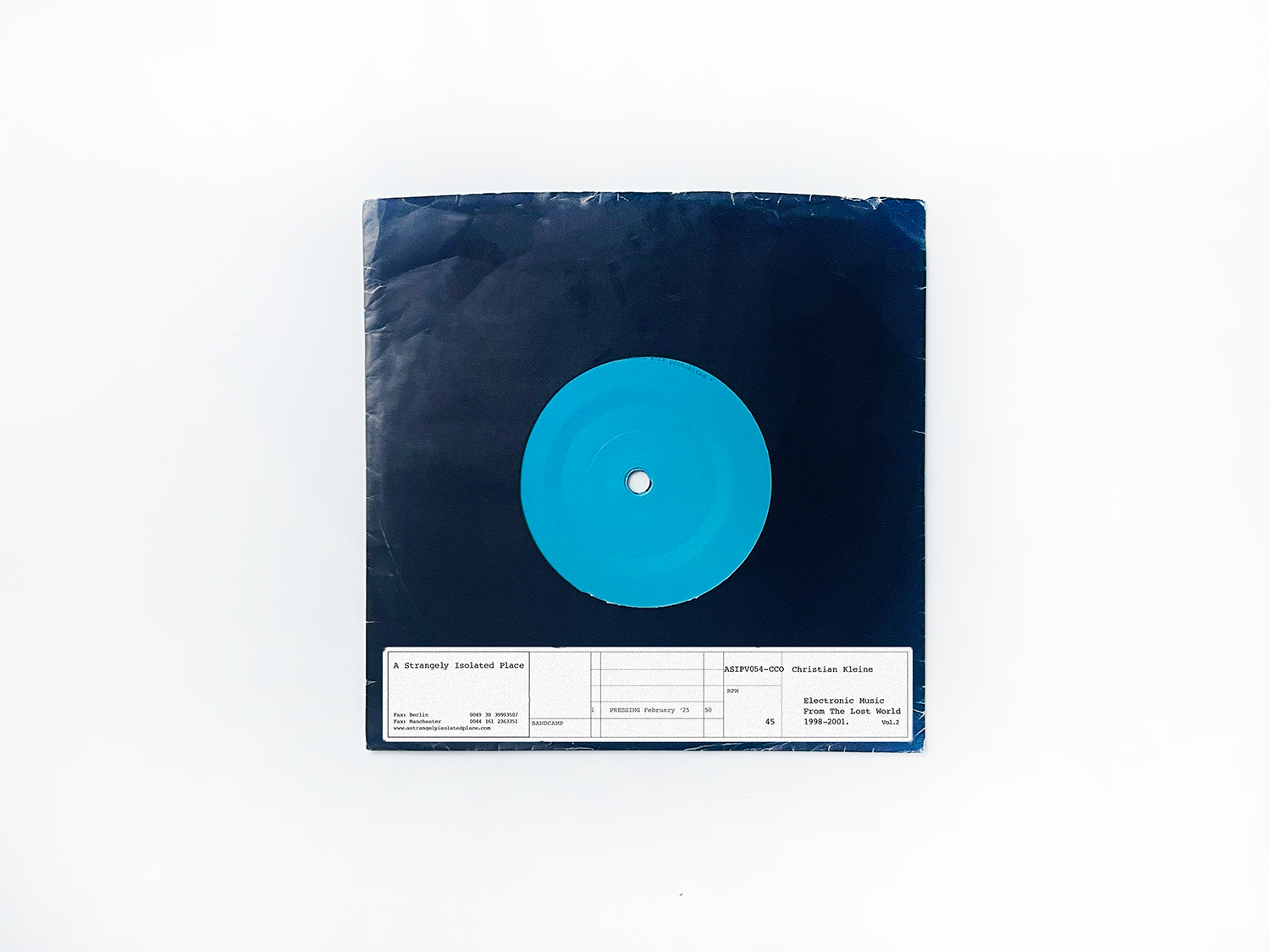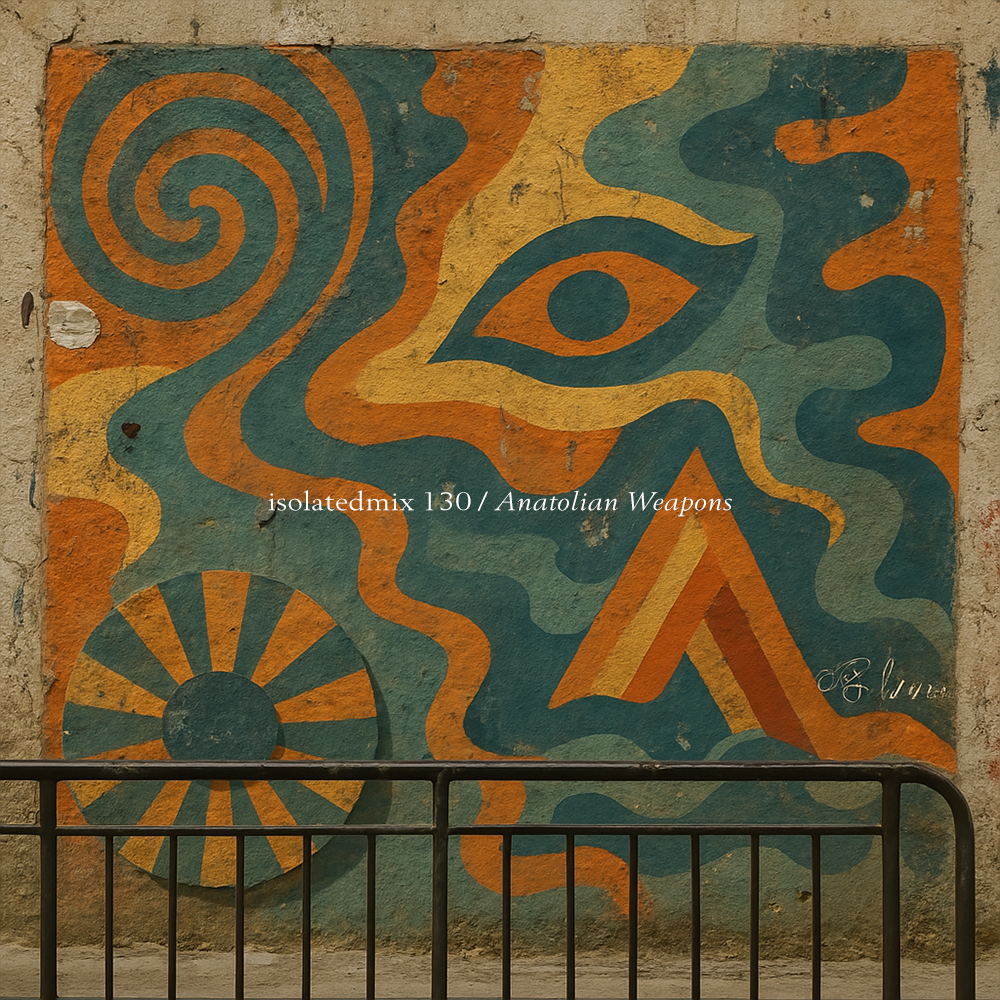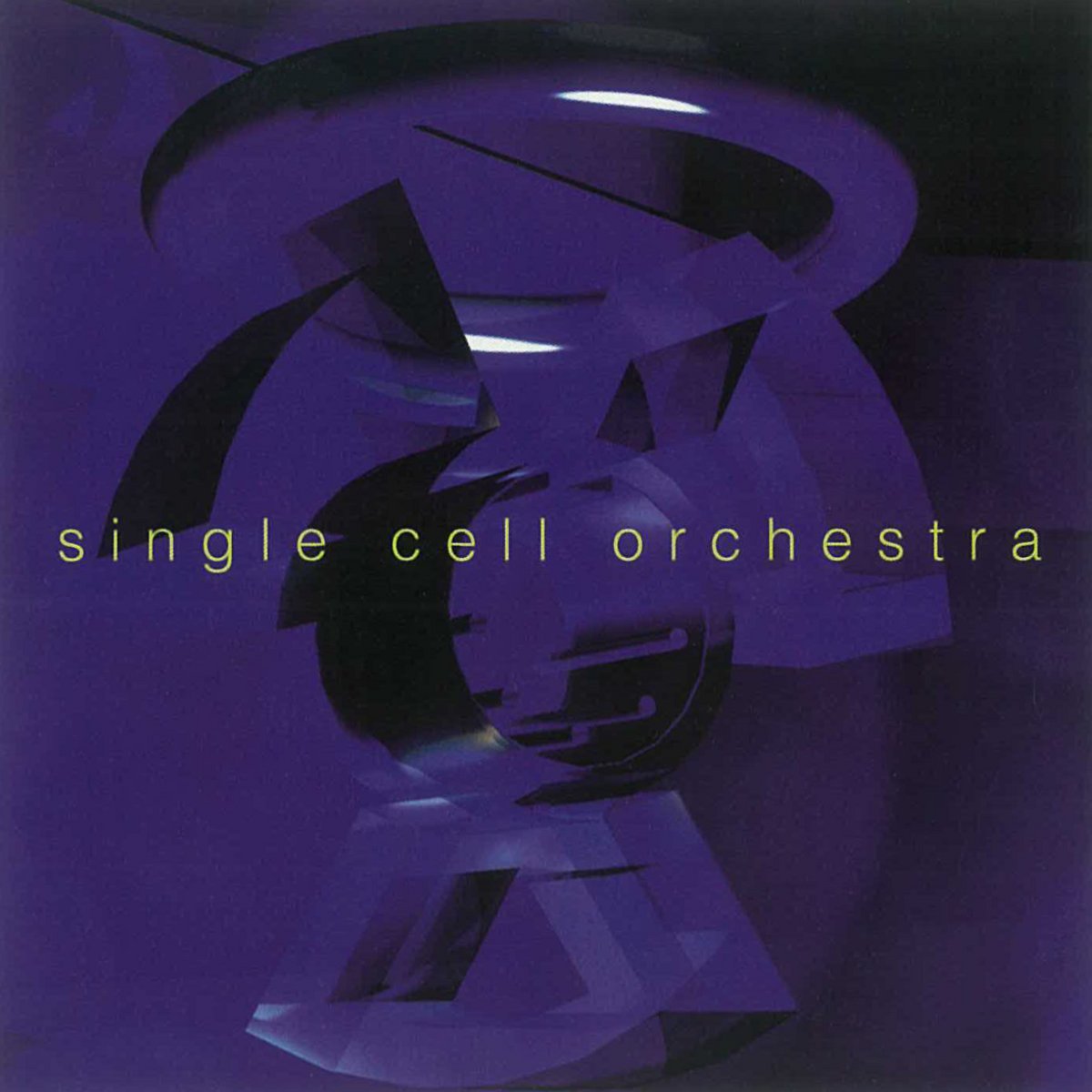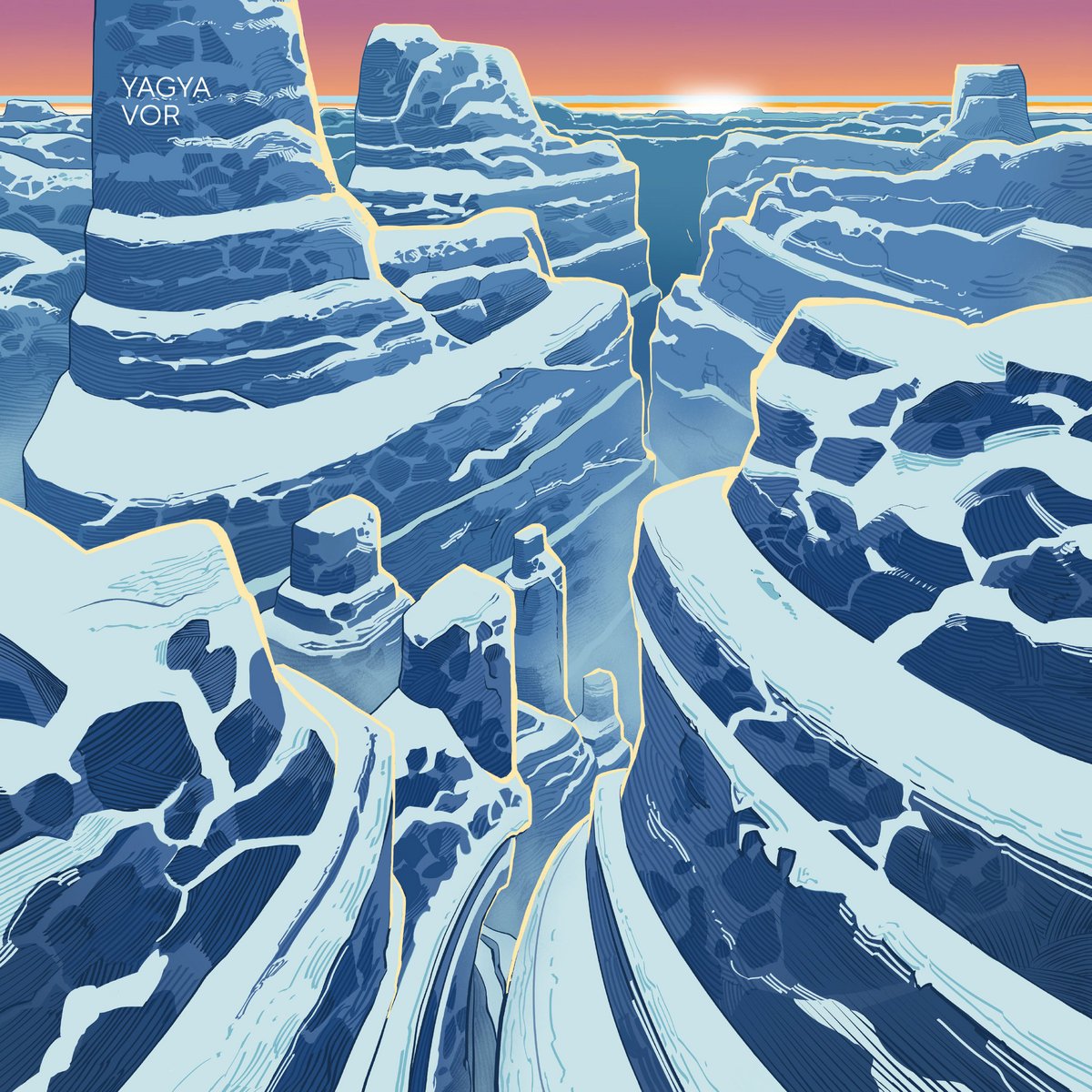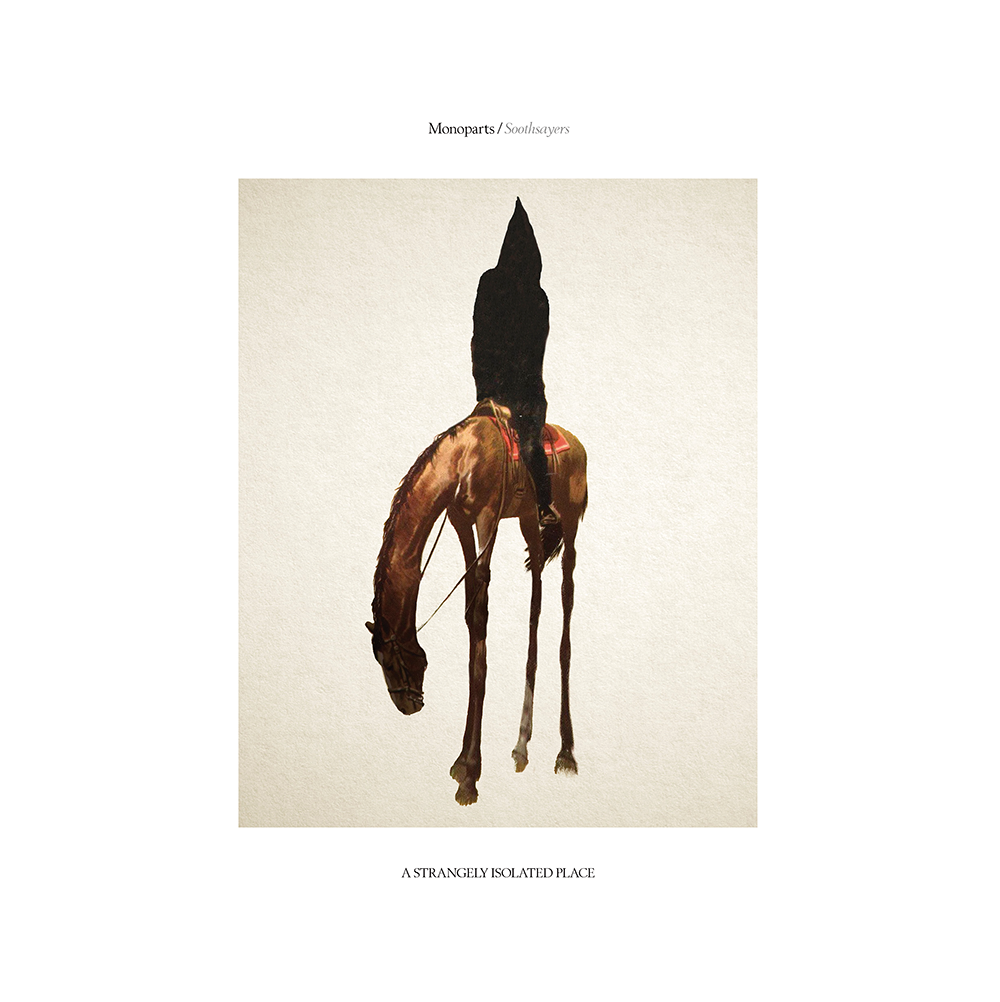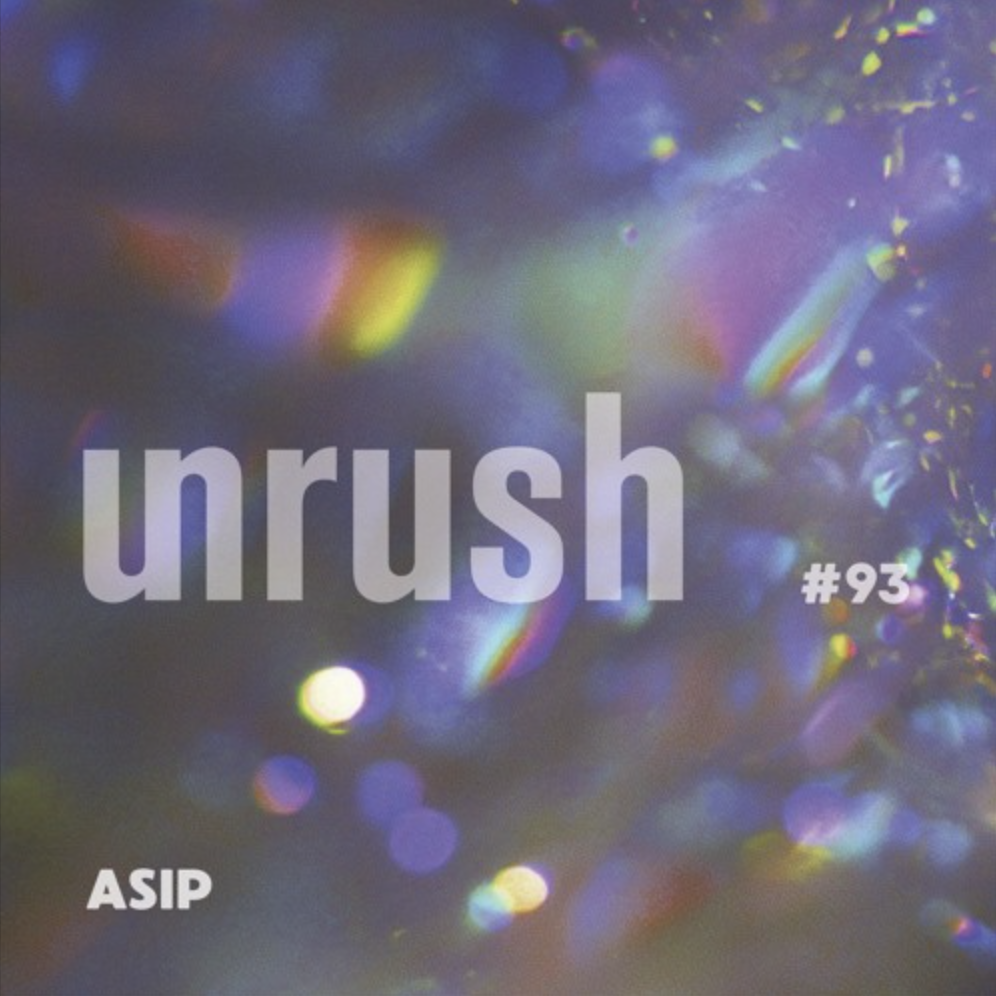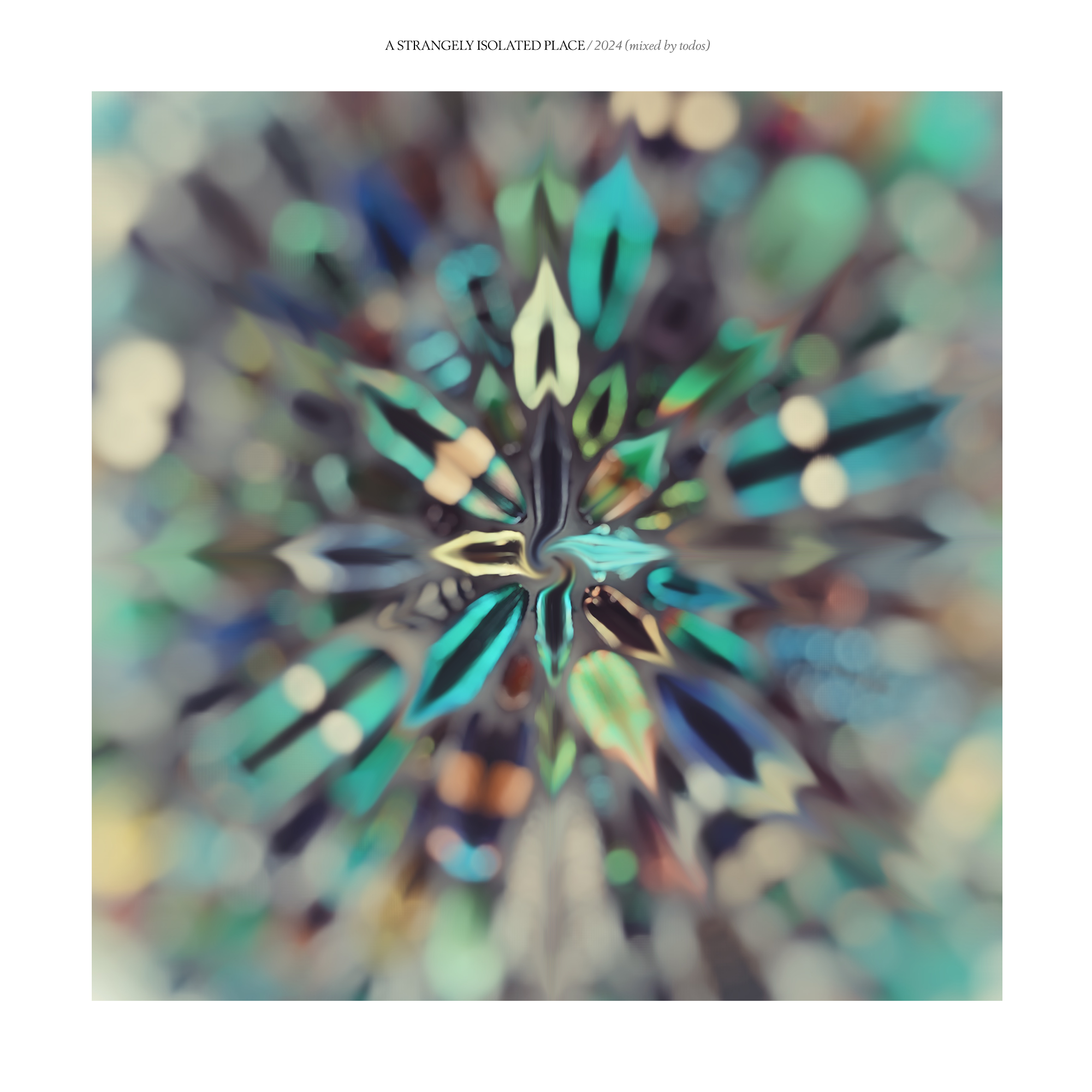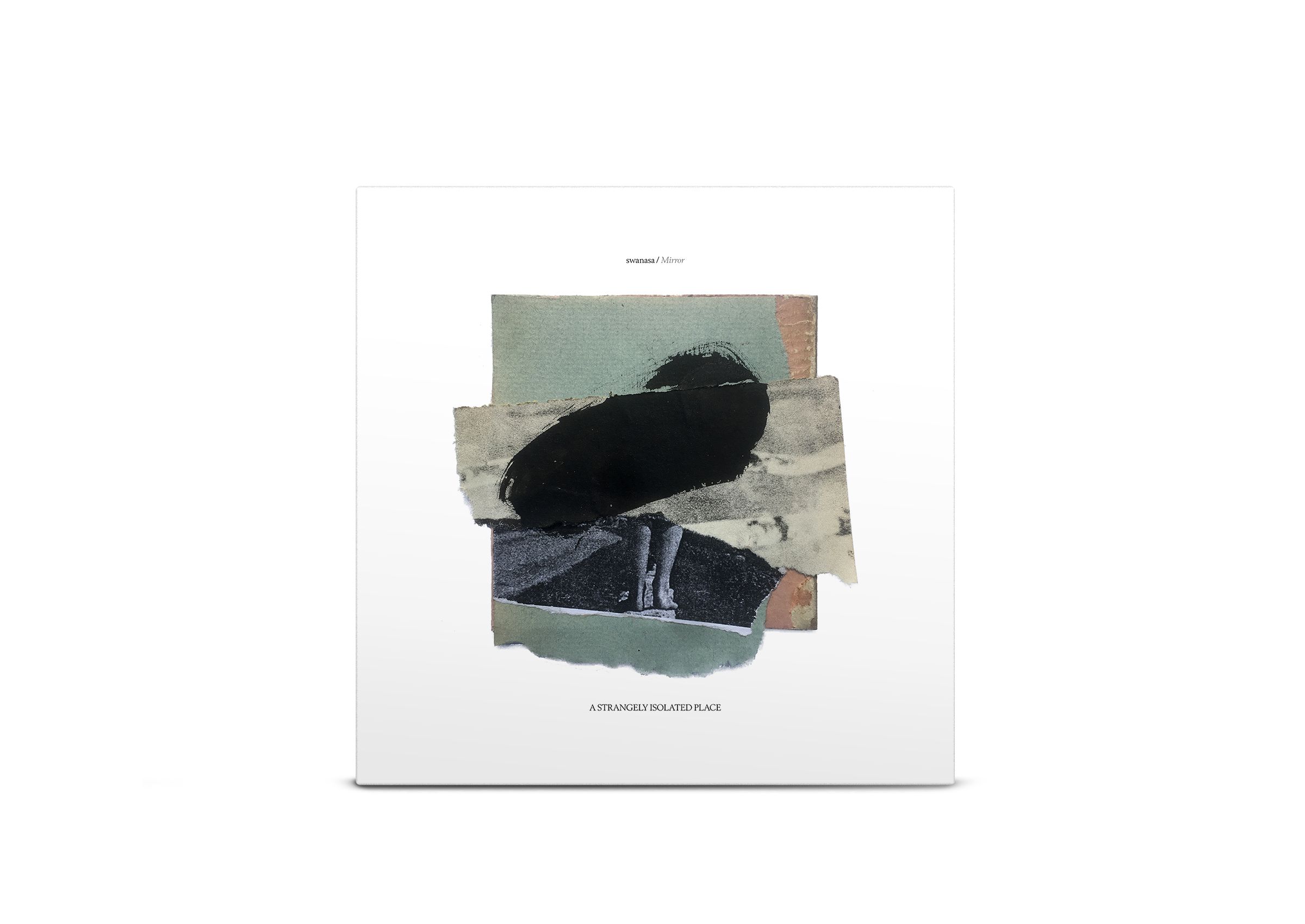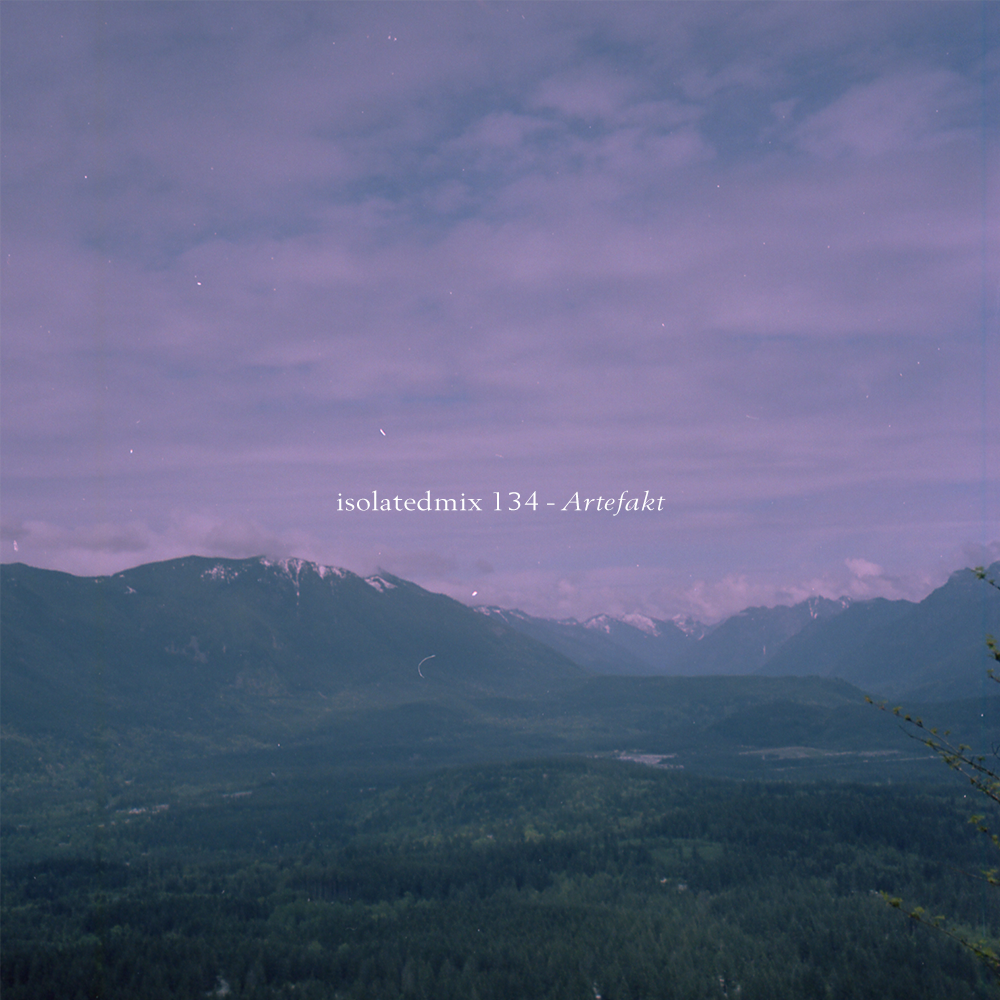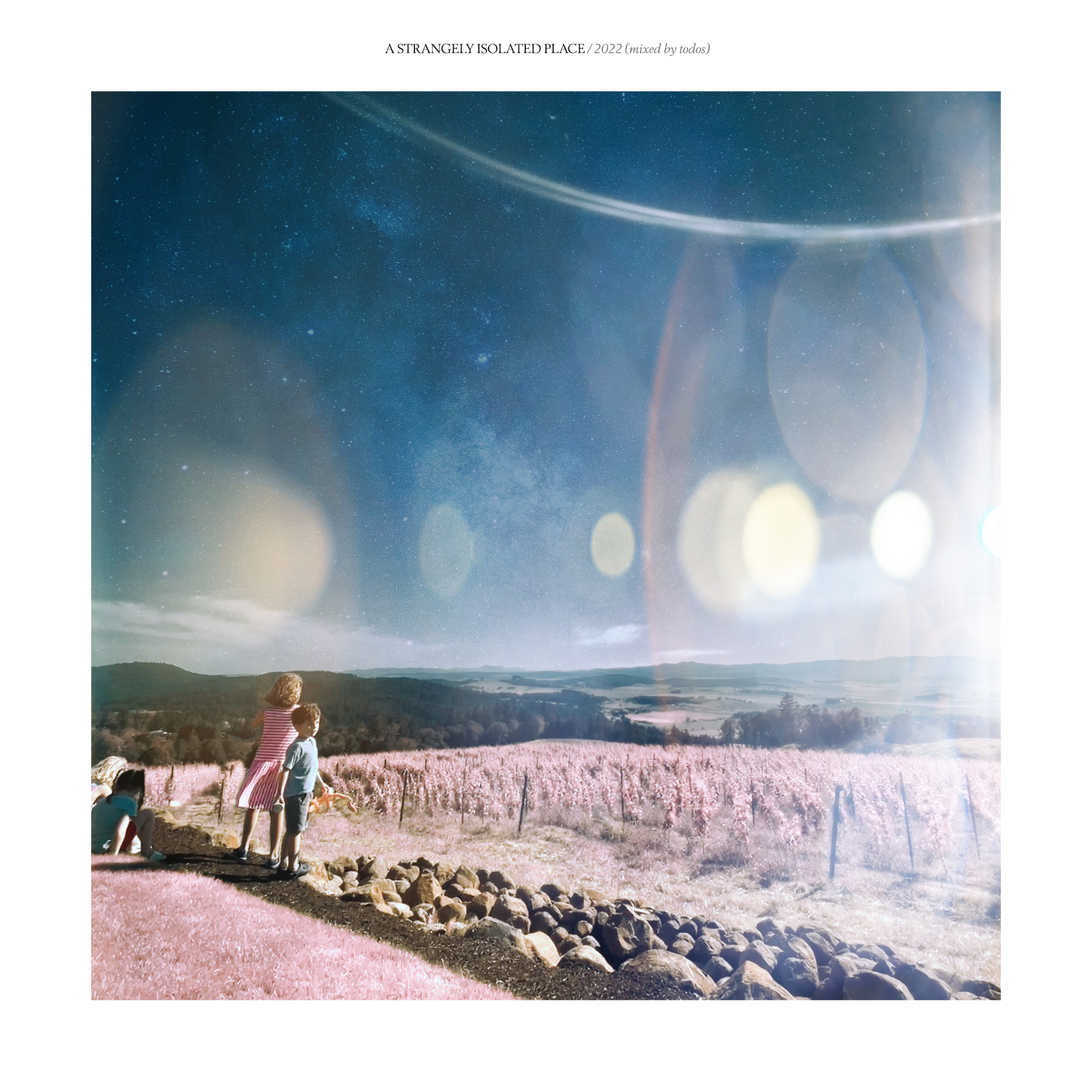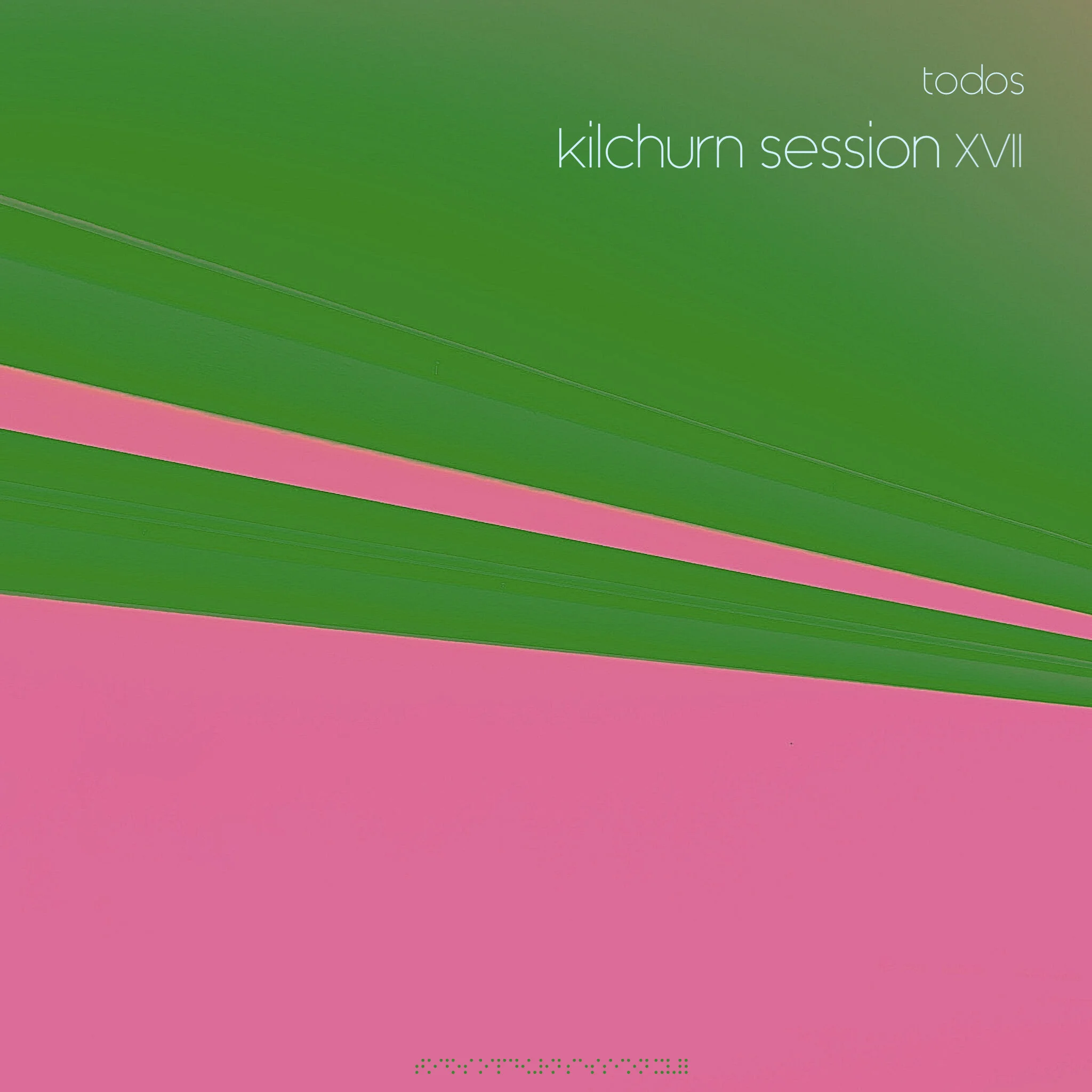As with all my previous ‘Reflection’ year-end mixes, I begin with a collection of albums, EPs, and compilations that resonated with me over the past year. From there, I curate tracks to build the mix - a process that’s as much about omission as inclusion. Inevitably, many of my favorite tracks and albums don’t make the final cut, simply because they don’t fit the flow of the mix or get lost along the way. There are plenty of albums I played on repeat that aren’t included here, but I enjoy this process much more than creating lists.
As I remind myself each year, this isn’t meant to be a definitive “best-of” list. Instead, it’s a snapshot of some of my favorite music from the year, distilled into one cohesive and listenable format. Compiling these mixes under self-imposed restrictions is my way of revisiting and celebrating the music I’ve loved critically, while sharing it with you in a way that’s both meaningful and accessible. For me, listening back to these mixes is like flipping through an audio photograph, capturing the essence of my year in music and invoking memories from special moments.
I encourage you to use this mix as a jumping-off point—dive into each artist, explore their albums in full, and check out the labels behind the music. You can find a Buy Music Club list linked below to help you dig deeper. If you’re curious about the broader scope of music I’ve supported this year, my Bandcamp collection is always up to date. And for the ASIP year-end label compilation, that’s coming very soon…
~
2025 was nearly the year of breaking point with my time and effort spent on the label. A new job, a third child, and… well that’s enough to do it I guess. So as the year-end drew closer, the idea of completing this mix became laughable in its scope and I thought it might be the first year in over a decade I haven’t completed one.
It’s helped that I haven’t done many mixes this year, so approaching it pulled on some much needed creativity, but even when looking back at what music I had supported on Bandcamp and the records on my shelves, it took me a long time to organize, make sure I had it downloaded, and even pull the trigger on items in my wishlist (my wishlist often revolves around vinyl I’ve picked up with no BC download code offered - gripe). Those who go through this obsessive process know how much time it can take up.
Looking back at the mix now it’s complete, I’ve managed to include around 80% of what was in high rotation for me this year (there’s always some that don’t make it into mix form) and the styles are on point as usual in reflecting my taste over the year. We’re starting with the deep ambient cuts, moving into more IDM and techno, and moving through a lot more energetic tracks towards the end - from Jungle to Trance…
One of the only live gigs I got to emerge from my family life to see was WNDFRM and Patricia Wolf in Seattle, so of course, Patricia’s newest installment on Balmat (who also had another epic year as a label) is included. Related to that event, organizer Raica (Chloe Harris) made a return with two albums this year I believe - both worthy of praise, but her piece for (another relentless outpost) Quiet Details was the stand out. A regular on these reflection mixes, MPU101 on Ilian Tape gets another nod- a BoC-vibe regular who always manages to tickle the right part of my ears. Alex Kassian had about three tracks or remixes in my original shortlist (including the lush remix of Spooky) so I had to do my best to not over-indulge - his remix of a classic Pianoman melody will bring back the Global Communication / Tangerine Dream vibes. Skee Mask is still releasing archive material that defies expectations. In one of the most welcome moves of the year, finding All Possible Worlds on Bandcamp made many people ecstatic, not least because of the full release of Irini’s odyssey, or the random track found on their profile. Light of Cacti got my Schnauss tastebuds tingling. Anushka Chkheidze has been on my radar for a long time now, so it was a treat to see her collabing with the much respected Robert Lippok across a very interesting record. OPN landed late in 2025, but arguably released one of his more welcomed albums by die-hard fans, hooking me right back into his unique worlds. Simon Littaeur came into my feed through his Instagram videos (normally something that doesn’t always result in a quality album) but his production lived up to the visual hype. The album by jp on emerging label Theory Therapy was full of big tracks, and I did my best to make sure one was included on here. Talking of big, Djrum’s latest didnt dissapoint, and he’ll continue to be classed as an innovator with output like this years. I nearly stopped at the Barker track, as it doesn’t get much bigger than that euphoric high, but something told me to bring it back down a little bit more, so into a slight trance we went with a superb debut by Alvar (Teo Bachs) and of course, the masters of hypnotizing techno, Voices from The Lake making a much needed return. The ending comes from vinyl selector Chee Shimizu, a unique piece of music that would bring the sun down on any horizon and one of two great tracks included in the mix from the ESP LA fundraiser.
Listen on Soundcloud the ASIP Podcast or the 9128.live iOS and Android app
Tracklist (Artist - Title - Album - Label)
1 - HARZ - 0647 - (polychromatic) [Empty Space]
2 - Roméo Poirier - Picobello - (Off the Record) [Faitiche]
3 - Florian TM Zeisig - Earth Loop - (A New Life) [Stroom]
4 - Patricia Wolf - I'll Take Care of You - (Hrafnamynd) [Balmat]
5 - Saapato - Active Decay (feat. Patricia Wolf) - (Decomposition: Fox on a Highway) [Constellation Tatsu]
6 - Pianeti Sintetici - Part One - (Space Opera) [Astral Industries]
7 - Heavenchord, Infinity Dots - Entering Landscapes - (Landscapes Of The Soul) [Secret Domain]
8 - placa - cityzen - (in trance it) [Non-transparent]
9 - Area 3 - Grass Turns To Sponge - (View) [Khotin Industries]
10 - Cahl Sel - Leaf - (Traces) [Reflective Records]
11 - Raica - Not There Though, Dive - (The Absence of Being) [Quiet Details]
12 - MPU101 - 3100beta2 - (MPU106) [Ilian Tape]
13 - Jo Johnson - Variance Remnants 3 (field recording) - (Variance - Remnants (Alterations)) [Self]
14 - Pentagrams Of Discordia - < - (Triskaidekaphobia Extd.) [Self]
15 - Alex Kassian - Lost in Hanoi - (ESP Institute XV) [ESP]
16 - all possible worlds - untitled - [all possible worlds]
17 - Skee Mask - 32Crescent - (E) [Self]
18 - Rod Modell - Snowstorm in Naubinway - (Northern Michigan Snowstorms) [Silentes]
19 - Strategy - Earthling - (A Cooler World) [Constellation Tatsu]
20 - µ-Ziq - Peppermint Aero - (Manzana) [Balmat]
21 - Lord Of The Isles - Opalescent - (Signals Aligned) [Self]
22 - Plant43 - Skyway Shadow - (Luminous Machines) [Self]
23 - Xenia Reaper - Drift__ - (Nept Polarisation) [Delsin]
24 - Lord Of The Isles - United Wire - (Signals Aligned) [Self]
25 - Martinou - The Last Hour - (The Glow That Lingers) [FauxPas]
26 - Coatshek - Eternal Lovers - (Sound Bath) [Dark Entries]
27 - Light of Cacti - Washed Away In Pink Skies On Brighton Shores - (Neverland is a State of Mind) [Tonights Dream]
28 - Pianoman - Pasion (Alex Kassian's Mandarine Dream Mix) - (Pasion) [Planet Strange Love]
29 - Anushka Chkheidze + Robert Lippok - Uncontrollable Thoughts - (Uncontrollable Thoughts) [Morr Music]
30 - Oneohtrix Point Never - Measuring Ruins - (Tranquilizer) [Warp]
31 - Simon Littauer - Phicet - (Modular) [Katharsis]
32 - arcologies - asleep and dreaming - (PARTICLE SHIFT) [Rabbithole Club]
33 - E.L Heath and Karen Vogt - This Is Spirit - (This Is Spirit) [Plenty Wenlock]
34 - Aural Imbalance - Thermal Isolation - (Edge Of Space) [Auxiliary]
35 - jp - planes - (we're here all the time) [Theory Therapy]
36 - Vivian Koch - September (Gold) - (Colors of September) [Self]
37 - Courtney Bailey - Under The Water - (In Dream) [Music From Memory]
38 - Djrum - Waxcap - (Under Tangled Silence) [Houndstooth]
39 - Roméo Poirier - 12 - Steve A. - (Off the Record) [Faitiche]
40 - Barker - Reframing - (Stochastic Drift) [Smalltown Supersound]
41 - Alvar - Meg og sola - (The Mist LP) [Peak Experience]
42 - irini - The Higher (Lost In Dreams) [all possible worlds]
43 - Voices From The Lake - Aquateo (II) [Spazio Disponibile]
44 - Chee Shimizu - Zeze (ESP Institute XV) [ESP]
